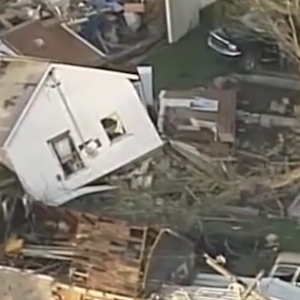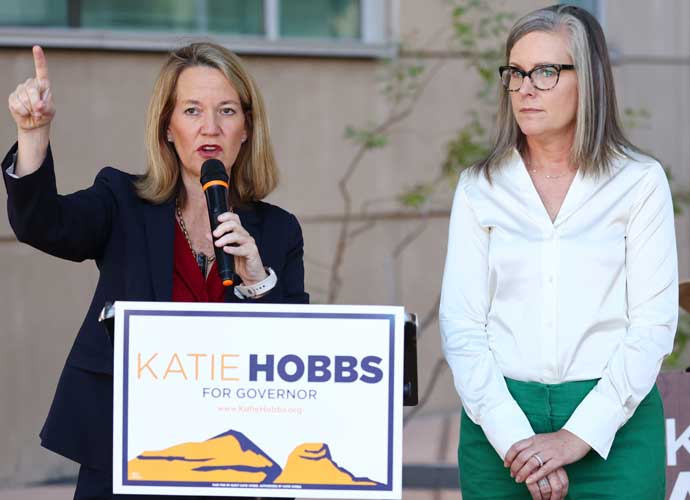Tornados Kill 14 In Arkansas, Bring Destruction To Midwestern States
A series of tornados killed at least 16 people in three separate states on Saturday and Sunday, and authorities caution to expect another round of severe storms Monday.
Tornados Hit Arkansas
On Friday an EF-3 tornado hit North Carolina and reportedly damaged more than 200 homes, and the bad weather spread to other Midwestern states over the weekend, including Texas, Oklahoma, Arkansas and Iowa.
Faulkner County, Arkansas, was hit Sunday with a massive tornado that killed 10 people, including two children. The vicious storm shattered buildings and destroyed cars and towns alike. Many areas lost power, making search efforts difficult Sunday night, but first responders launched a more targeted rescue mission Monday morning.
It was originally reported that 16 casualties had resulted from the weather, but that number has since been evaluated at 14 due to a double count. However, the search is ongoing, and Arkansas Governor Mike Beebe tweeted that he doesn’t expect the death toll to stay at 14.
Confirmed death toll drops to 14 after a double-count is determined in Pulaski County. Sadly, we don't expect it to stay at 14. #arwx
— Governor Mike Beebe (@GovBeebeMedia) April 28, 2014
President Obama spoke to Gov. Mike Beebe Sunday night, and the Governor has also been in touch with the Department of Homeland Security (DHS) Secretary Jeh Johnson and FEMA Administrator Craig Fugate, who is traveling to Arkansas.
President Obama also sent his condolences during a press conference in the Philippines, saying, “Your country will be there to help you recover and rebuild as long as it takes."
Gov. Beebe issued disaster declarations for Faulkner, Pulaski and White counties. The hardest hit city of Arkansas, Vilonia, is just north of Little Rock and was reportedly completely devastated. 10 people in the Vilonia area were killed.
“There’s a few buildings partially standing, but the amount of damage is tremendous. There’s gas lines spewing. Of course, power lines down. Houses are just a pile of brick,” described Vilonia Mayor James Firestone.
Twenty miles southwest of Vilonia, the town of Mayflower witnessed a tornado estimated to have been a half-mile wide, with wind speed up to 150 mph.
My thoughts & prayers are with the families and communities in Arkansas, Oklahoma and Iowa affected by last night’s devastating tornadoes.
— Bill Clinton (@billclinton) April 28, 2014
The tornado weather is expected to last through Wednesday, passing through Tennessee, Mississippi, Alabama, Georgia and then arriving back to North and South Carolina on Wednesday. The extreme weather is also expected to result in massive rainfall across the country, mostly located in the Northwest and East.
– Olivia Truffaut-Wong
More like this:
Polar Vortex: What Is It? What Does It Mean For U.S.?
RELATED ARTICLES
Get the most-revealing celebrity conversations with the uInterview podcast!








Leave a comment